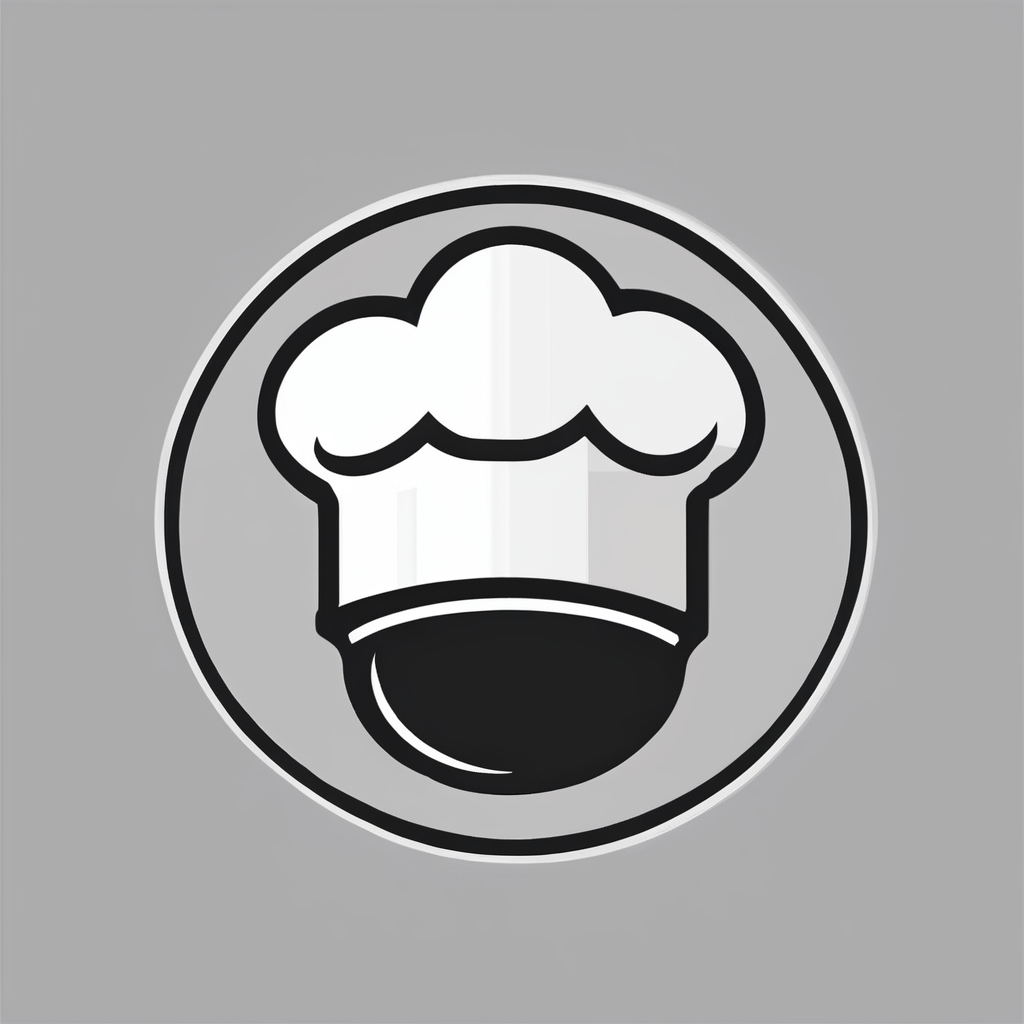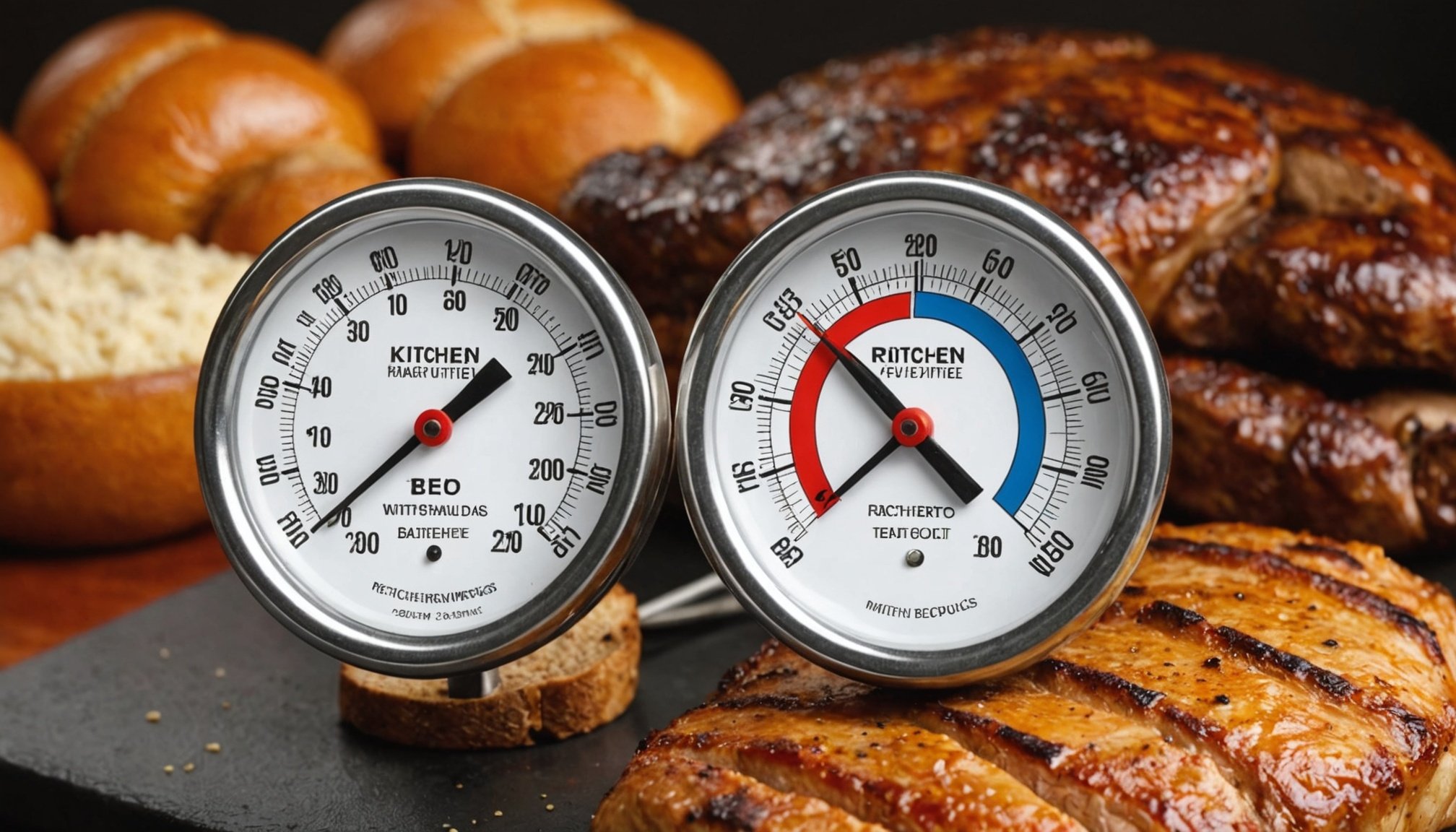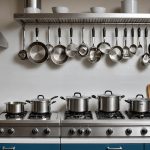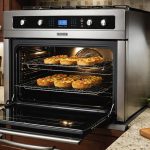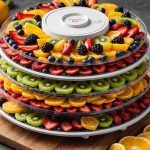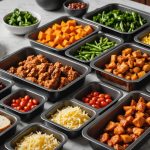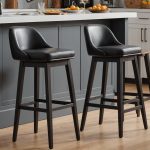In the world of cooking, precision is key, especially when it comes to baking and preparing meat. The use of a kitchen thermometer can elevate your culinary skills and ensure that your dishes turn out as intended. While some may overlook this tool, understanding its significance can transform your approach to cooking. This article explores the critical role that kitchen thermometers play in baking and cooking meat, providing you with the knowledge to enhance your kitchen endeavors.
Understanding the Basics of Kitchen Thermometers
Before diving into the benefits of using a kitchen thermometer, it is essential to understand the different types and how they function. Kitchen thermometers are designed to measure the internal temperature of various foods, ensuring that they are cooked to perfection.
Also to read : How can a slow cooker be utilized to create healthy, easy weeknight dinners?
There are primarily two types of thermometers you’ll encounter: digital and analog. Digital thermometers provide instant readings, offering accuracy and ease of use. They are often preferred for their quick response time, which is crucial when cooking meat and baked goods. Analog thermometers, on the other hand, may take longer to show results but are equally effective if used properly.
Regardless of the type, the fundamental goal of a kitchen thermometer remains the same—to ensure that your food reaches a safe and desirable temperature. This not only affects the taste and texture of your dishes but also plays a significant role in food safety. Undercooked meat can harbor harmful bacteria, while overcooked meat often leads to dryness and loss of flavor. A thermometer helps you navigate these challenges effortlessly, allowing you to serve dishes that are both safe and delicious.
Also to see : Essential Features to Look for When Choosing a Multi-Tier Oven for Gourmet Cooking
Enhancing Cooking Techniques with Accurate Measurements
Accurate temperature measurement is a cornerstone of effective cooking. When you use a kitchen thermometer, you gain the ability to cook meats to the desired doneness, ensuring a perfect result every time. For instance, cooking a steak to medium-rare requires a specific internal temperature, typically around 130-135°F. Relying solely on cooking times or visual cues can lead to inconsistency, whereas a thermometer provides a reliable method to achieve the perfect doneness.
In addition to meat, thermometers play a crucial role in baking. Many baked goods, such as breads and cakes, require precise temperatures to rise and set properly. For example, bread dough should be baked until the internal temperature reaches around 190-210°F. This temperature ensures that the structure of the bread sets correctly, resulting in a soft and fluffy texture. When you apply a thermometer in your baking process, you reduce the guesswork and enhance the overall quality of your baked goods.
Using a kitchen thermometer also encourages the development of advanced cooking techniques, such as sous vide. This method involves cooking food at low temperatures for extended periods, which can result in exceptional flavor and tenderness. Without a thermometer, achieving the precise temperatures required for sous vide cooking would be nearly impossible. In essence, a kitchen thermometer opens up a world of culinary possibilities, allowing you to experiment and refine your techniques with confidence.
Ensuring Food Safety and Reducing Risks
Food safety is a critical concern in any kitchen, and the use of a kitchen thermometer plays a vital role in mitigating risks. Undercooked meat, particularly poultry and pork, can pose serious health threats due to harmful bacteria such as Salmonella and E. coli. These pathogens can lead to foodborne illnesses that affect thousands of individuals each year.
By using a thermometer, you can ensure that your meat reaches the minimum safe cooking temperatures recommended by health authorities. For instance, chicken should be cooked to an internal temperature of at least 165°F to eliminate any harmful bacteria. Ground meats should also be cooked thoroughly, reaching at least 160°F for safety. Proper use of a thermometer can significantly reduce the risk of foodborne illnesses, keeping your family and guests safe while enjoying your culinary creations.
Moreover, thermometers can help prevent overcooking, which not only affects taste but can also lead to the formation of harmful compounds. Certain cooking techniques, like grilling and frying, can create potentially carcinogenic substances when meats are charred or burnt. By monitoring the internal temperature, you can cook your meat effectively without overexposing it to high heat. Ultimately, using a kitchen thermometer is an investment in both the quality of your food and safety.
Choosing the Right Kitchen Thermometer for Your Needs
With various options available in the market, choosing the right kitchen thermometer can be daunting. However, some key features can help you make an informed decision. Consider factors such as accuracy, speed, and ease of use when selecting a thermometer that suits your cooking style.
When evaluating thermometers, accuracy is paramount. Look for models that are known for their reliability and consistent temperature readings. A thermometer that provides readings within a second or two is ideal, particularly when cooking meat, as it minimizes the time the oven or grill is open, retaining heat and cooking efficiency.
Additionally, ease of use is crucial. Some thermometers come with backlit displays and large numbers, making it easy to read the temperature at a glance. Others might feature a probe that is easy to insert into the meat without losing juices, which is especially useful for larger cuts.
Considering your cooking habits can also influence your choice. If you frequently roast large pieces of meat, a probe thermometer that can remain in the oven while cooking might be beneficial. For baking enthusiasts, a digital instant-read thermometer could serve your needs well. Ultimately, selecting the right kitchen thermometer will enhance your cooking experience and lead to better results.
In conclusion, the importance of using a kitchen thermometer for baking and cooking meat cannot be overstated. This simple yet powerful tool ensures that your food reaches the appropriate temperatures for both safety and quality. By incorporating accurate temperature measurements into your cooking and baking routines, you enhance your skills while safeguarding the health of those you serve. As you navigate your culinary adventures, remember that a kitchen thermometer is not just a tool; it’s an ally in creating delicious, safe, and perfectly cooked meals. Embrace the precision it offers, and elevate your cooking to new heights.
